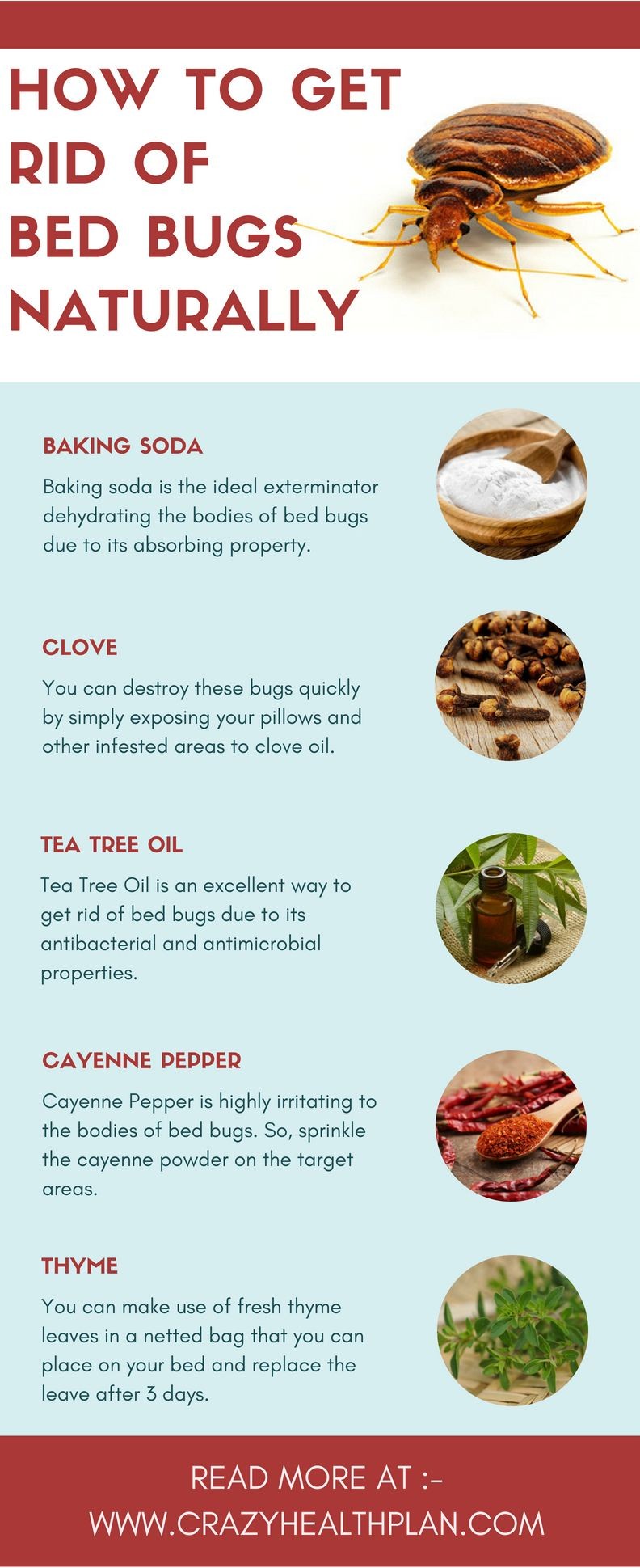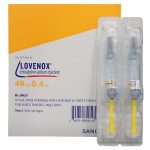
Contents
How Can I Permanently Get Rid of Bed Bugs at Home?
Bed bugs feed on blood. To permanently eliminate them, collaborate with a pest control professional. They will create a plan combining home remedies and professional pesticide solutions.
Bed bugs are a nuisance and can cause discomfort, but they don’t transmit diseases. They are highly contagious.
Cimex lectularius is the scientific name for bed bugs. These flat, small insects are brownish red and can survive without feeding for months.
Main symptoms
The presence of bug bites is the main physical symptom of bed bugs. Some people may not react or notice the bites, while others may have a stronger allergic reaction that requires medical attention. The bug bites are usually noticeable a few days after the bite occurs because the insects inject an anesthetic before biting, which numbs the area.
Main causes
Bed bugs spread by traveling on infested items. They can hitch a ride on clothing, suitcases, furniture, boxes, and linens.
To lower the risk of getting bed bugs, follow these steps:
- Inspect used items before bringing them home.
- Inspect hotel rooms, especially the mattress and behind the headboard, before bringing in your luggage.
- Use a protective cover on your mattress.
- Vacuum frequently.
Who can get bed bugs?
Anyone can get bed bugs. Bed bugs are not attracted to dirty environments. They have been found in clean, luxurious hotels, movie theaters, and airplanes. These insects hide during the day and come out at night to feed where people sleep.
Diagnosis for bed bugs
You may notice the presence of bed bugs in a few ways:
- Small red and brown stains on sheets or mattress (crushed bed bugs).
- Dark spots the size of a period (bed bug excrement).
- Small pale yellow husks (eggshells and shed skins).
If you suspect bed bugs, check the common hiding places:
- Seams of furniture.
- Behind picture frames.
- Corners of drawers.
- Where the ceiling meets the wall.
- Behind the headboard.
Treatments for bed bugs
Permanently getting rid of bed bugs requires a plan developed by a pest control professional. The plan will combine home remedies and professional pesticide solutions.
At home, take the following steps to prevent bed bugs:
Wash and dry clothes and bedding in temperatures of at least 120 degrees
Heat is an effective way to kill bed bugs. Pest experts use heating elements, and you can use a steam cleaner on fabrics and baseboards.
Vacuum frequently – at least a few times per week
Vacuuming can remove bed bugs, but it won’t kill them. Make sure to seal and dispose of the vacuum bag or trash bag outside of your home.
Freeze items you cannot heat or launder
Cold temperatures of zero degrees Fahrenheit can kill bed bugs. Seal items in a plastic bag and freeze them for at least four consecutive days.
Keep checking
To prevent bed bug reinfestation, be vigilant and check regularly. Even after primary treatment, bed bug eggs may still be present.
Possible complications
Bed bugs can be a nuisance, but for some people, allergies to their bites may require medical treatment. Getting bed bugs doesn’t mean your environment is dirty. You can eliminate them with the help of a professional using pesticides and at-home treatment.
What causes bed bugs?
Bed bugs are blood-sucking insects that usually live in bed cracks and crevices. They move towards a sleeping person to feed on their blood. Bed bugs can also be found in furniture, sheets, blankets, suitcases, cardboard boxes, cluttered areas, and similar furniture items.
The main causes of bed bugs are:
- Population: As the human population grows, so does the bed bug population.
- Travel: Bed bugs frequently spread through travel, including airplanes, buses, trains, and ships. They can crawl onto people or their belongings and hitch a ride home.
- Hotels/Motels: Staying in infested hotels or motels increases the risk of bringing bed bugs home.
- Urbanized living: Cities with more travel and close proximity between houses provide better opportunities for bed bugs to spread.
- Secondhand furniture: Infested furniture brought into a property can introduce bed bugs. Rental furniture can also harbor bed bugs, which can survive without a blood meal for months.
IMAGES
What does a bed bug bite look like?
Bed bug bites appear as clusters of red spots. Initially painless, they may later develop into reddish welts.
Here are some distinguishing features of bed bug bites:
- The bites may have a darker spot in the center and can become itchy red bumps and welts.
- Scratching the bites can cause bacterial infection.
- The bites may be arranged in clusters or a line, following the bed bug’s feeding path.
- Bed bug bites are typically found on exposed areas, such as the face, arms, hands, and neck.
Bed bugs feed on warm-blooded hosts like humans. They are attracted to carbon dioxide and warmth/moisture. They penetrate the host’s skin, inject a blood thinner, and feed on blood.
How does a bed bug bite affect health?
Bed bug bites can have the following effects:
- Stress: Living in an infested household can cause stress and anxiety. Stress can have various negative health effects, including weakened immune system, increased heart rate and blood pressure, and digestive problems.
- Infection: The itching from bed bug bites can lead to scratching and open wounds, increasing the risk of bacterial infection.
- Allergic reactions: Continuous bites can cause allergic reactions in about 70% of people, sometimes leading to life-threatening situations.
- Disturbed sleep: Bed bug bites and the constant thought of being bitten can disrupt sleep, leading to fatigue and decreased efficiency in daily activities.
- Anemia: Severe bed bug infestations can cause blood loss and anemia.
How to treat bed bug bites
You can alleviate symptoms of bed bug bites with the following measures:
- Apply a steroidal anti-itch cream containing Hydrocortisone, Cortisone, or a topical anesthetic for pain relief and itch control.
- Use calamine lotion to dry out the rash.
- Take oral antihistamines and pain relievers to manage symptoms.
References:
Centers for Disease Control and Prevention: "Bed Bugs FAQs."
Patient Care: "Bed Bug Bites: Everything You Need to Know-But Were Afraid to Ask."
Pests: "How to Get Rid of Bed Bugs."
United States Environmental Protection Agency: "Do-it-yourself Bed Bug Control."
United States Environmental Protection Agency: "Protecting Your Home from Bed Bugs."
University of Minnesota: "Using Freezing Conditions to Kill Bed Bugs."
University of Minnesota: "Vacuuming To Capture Bed Bugs."


